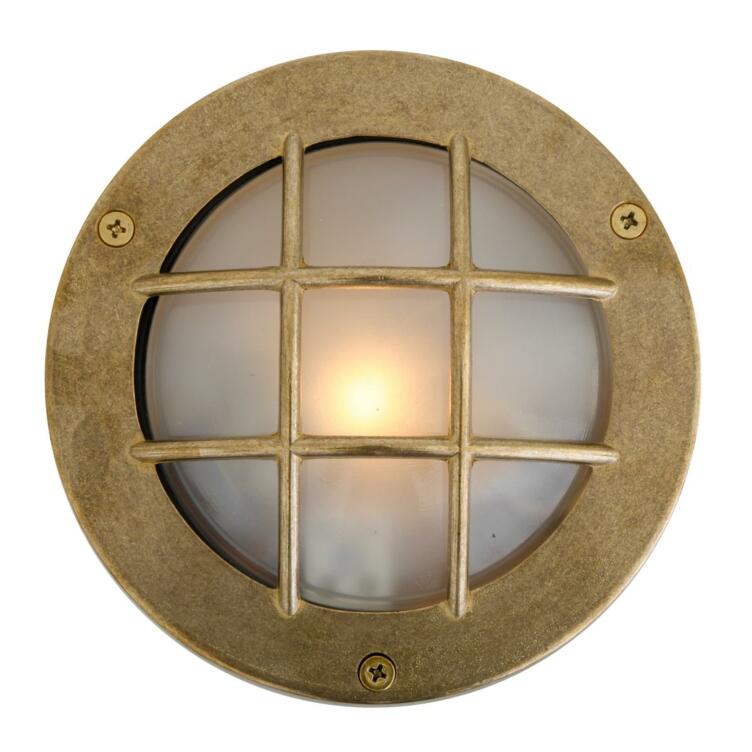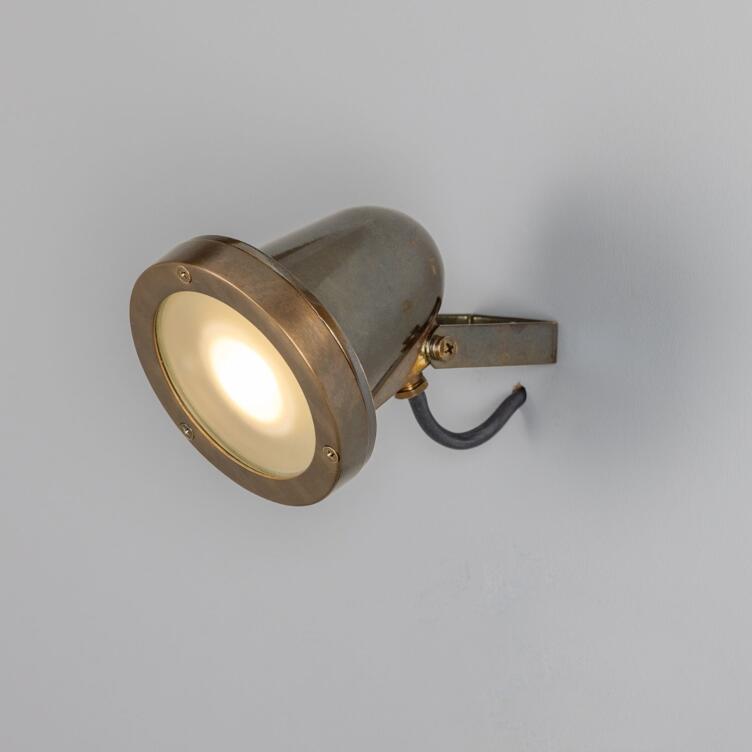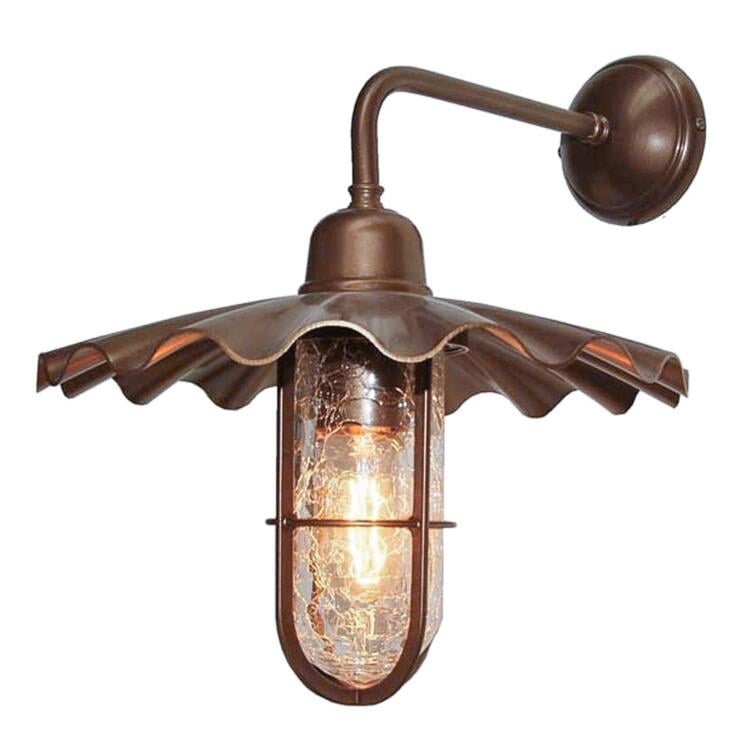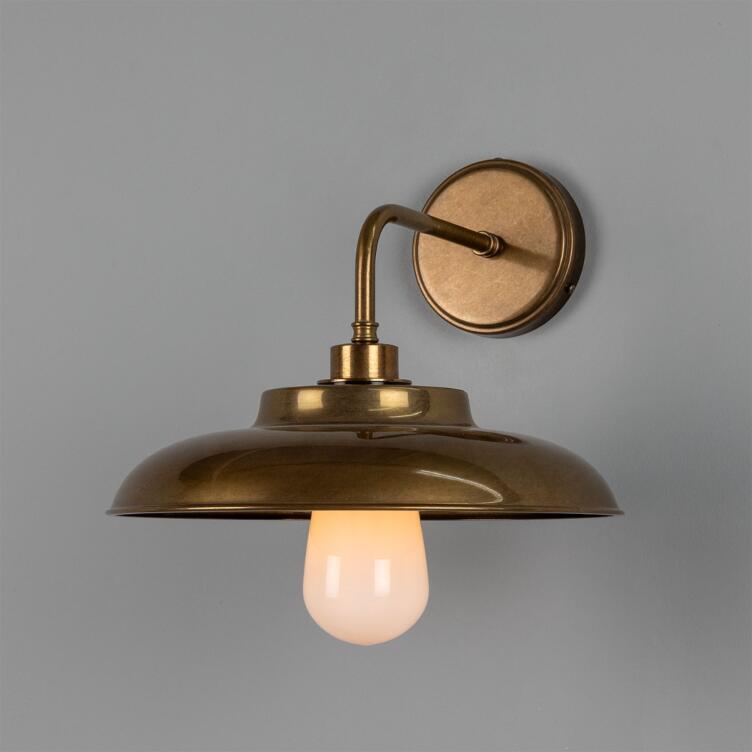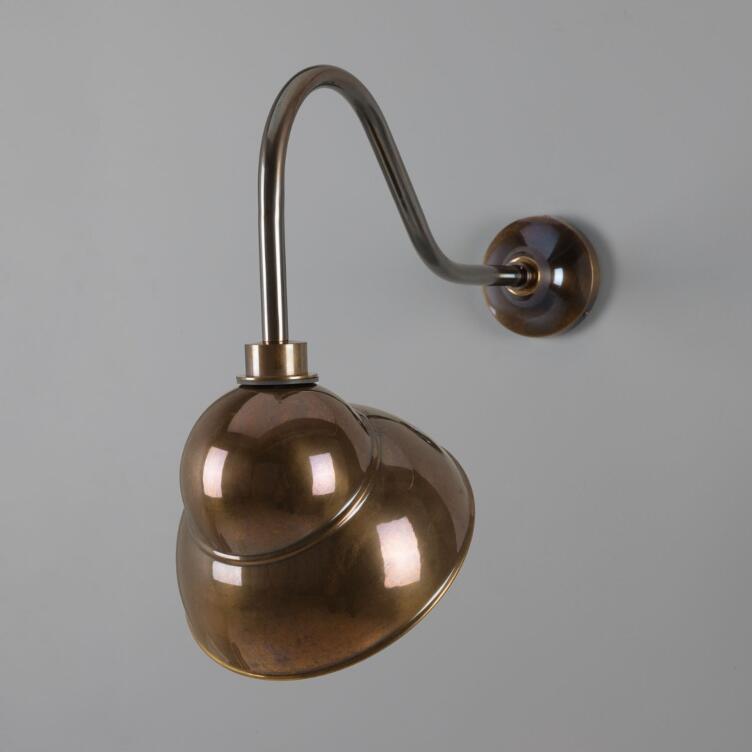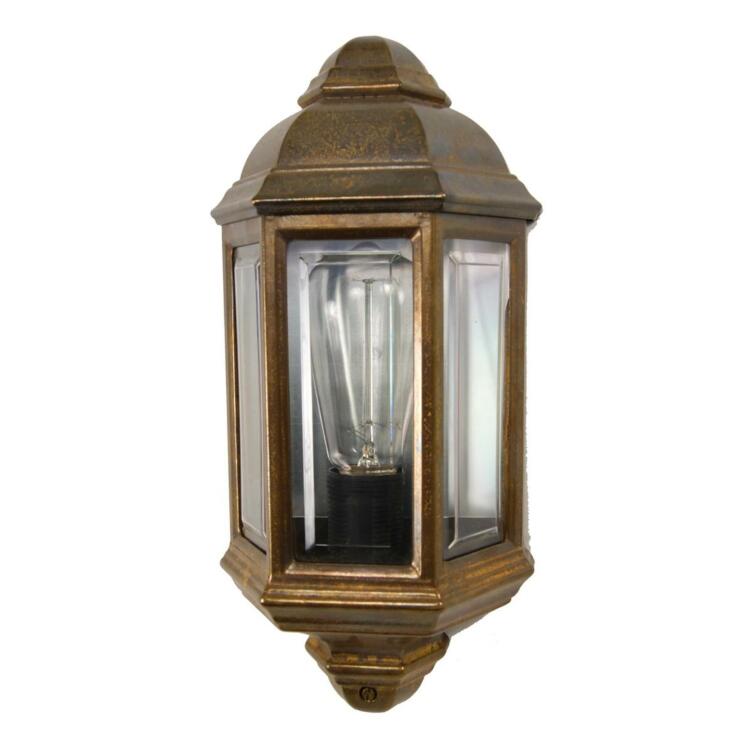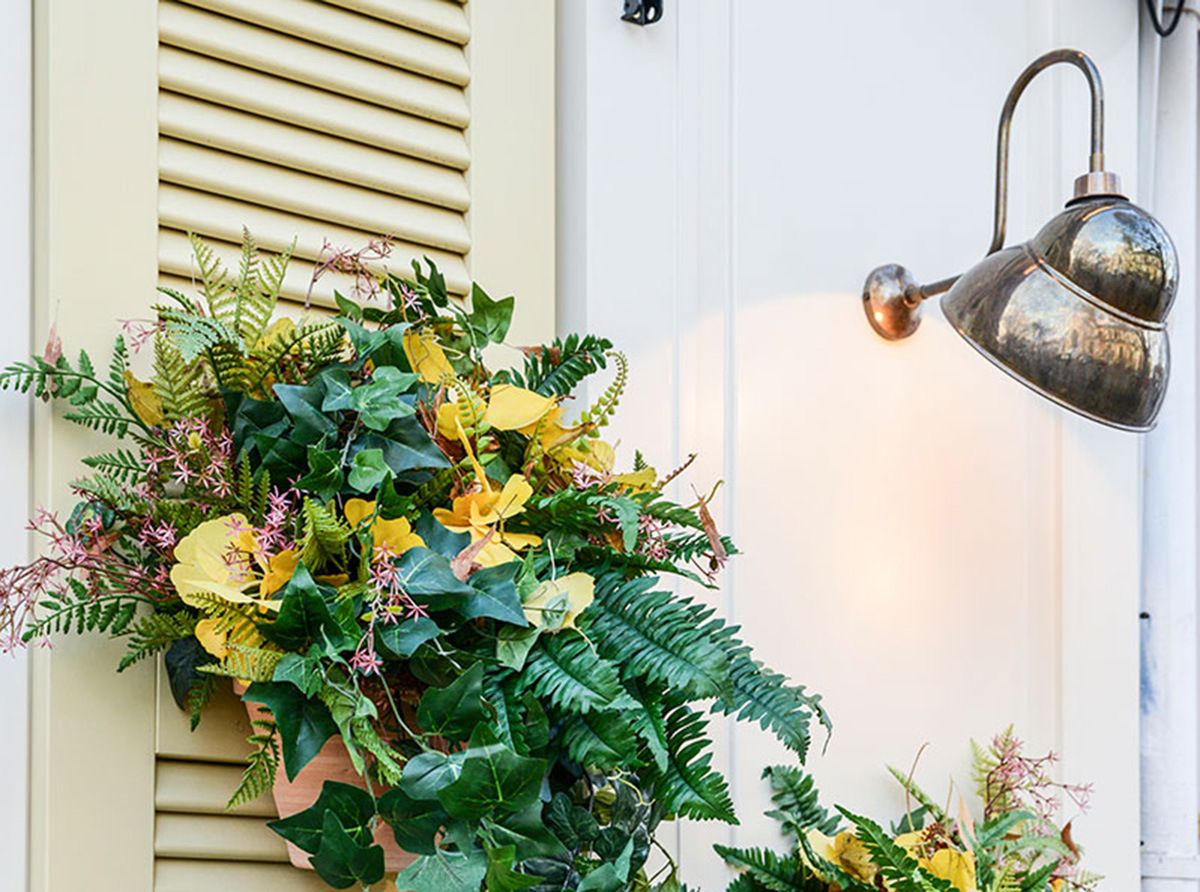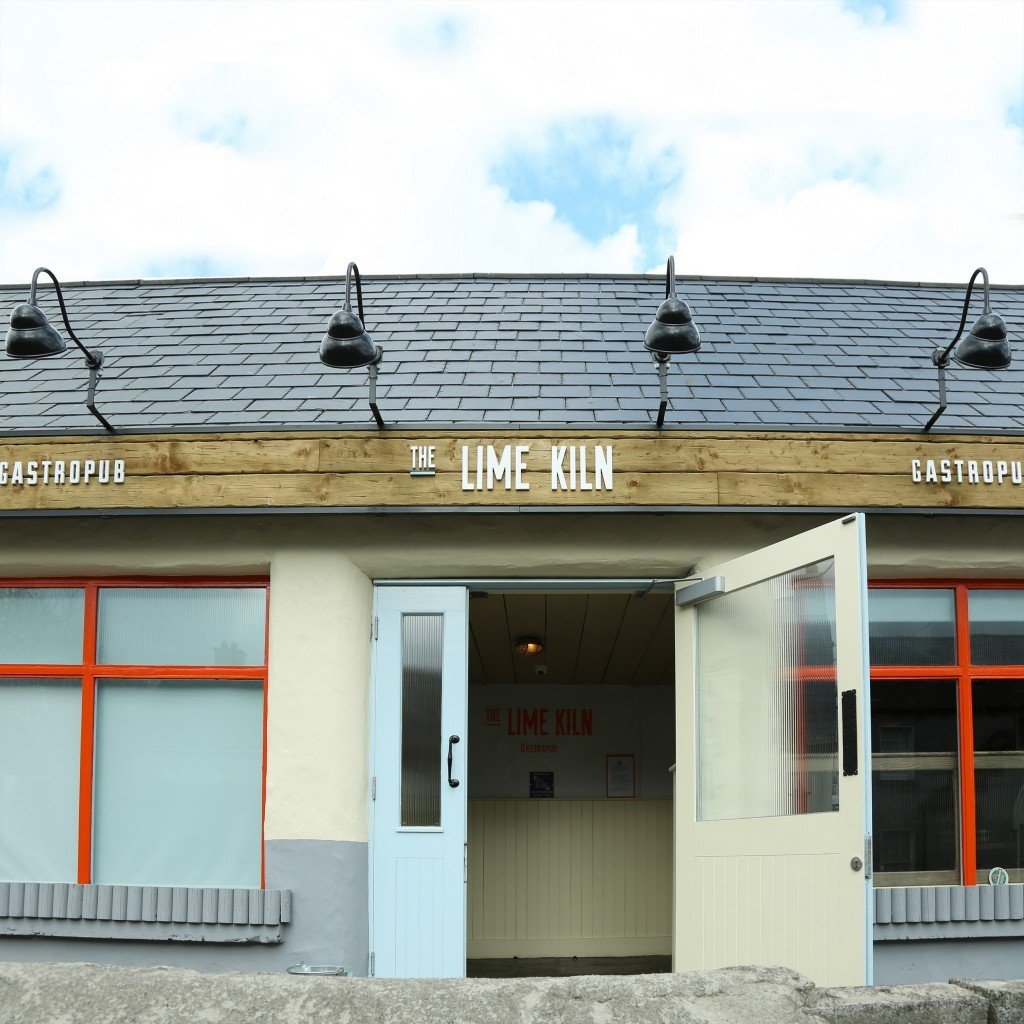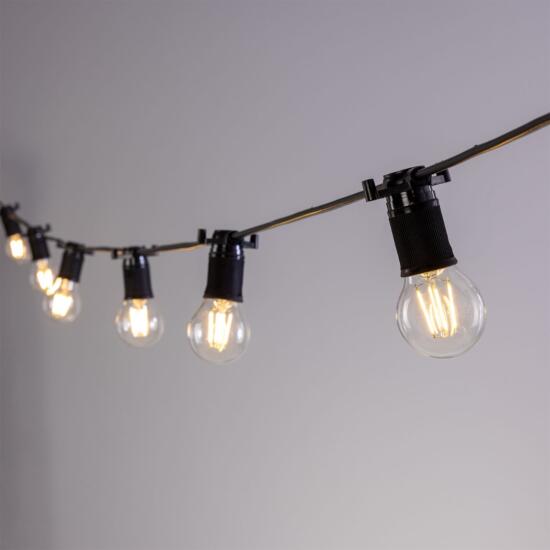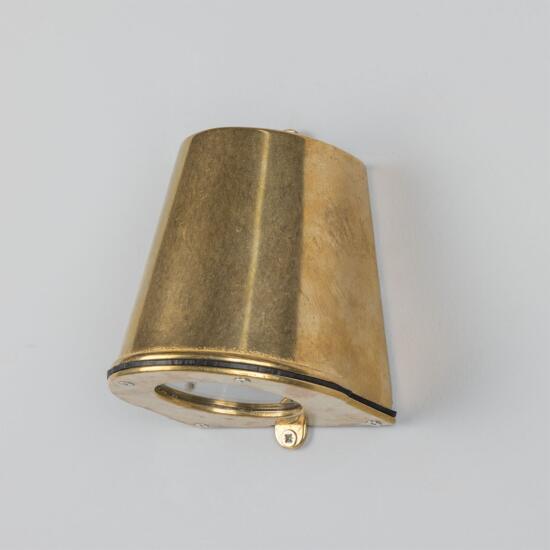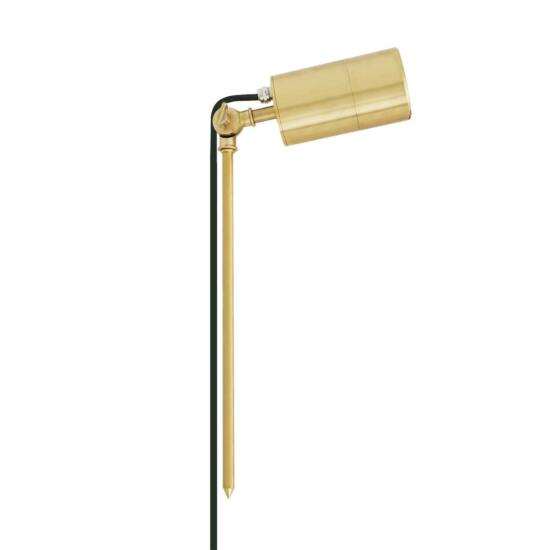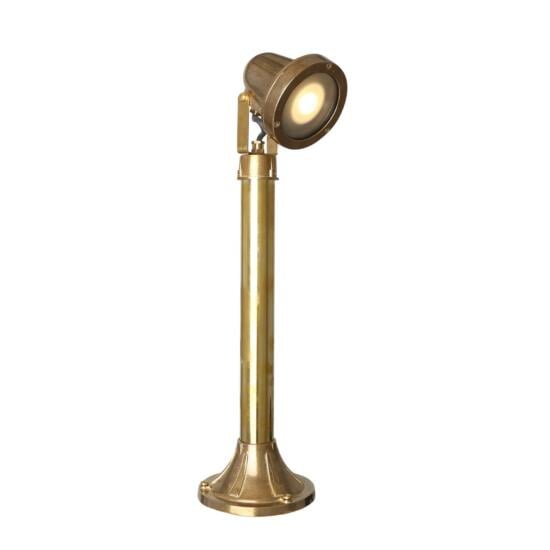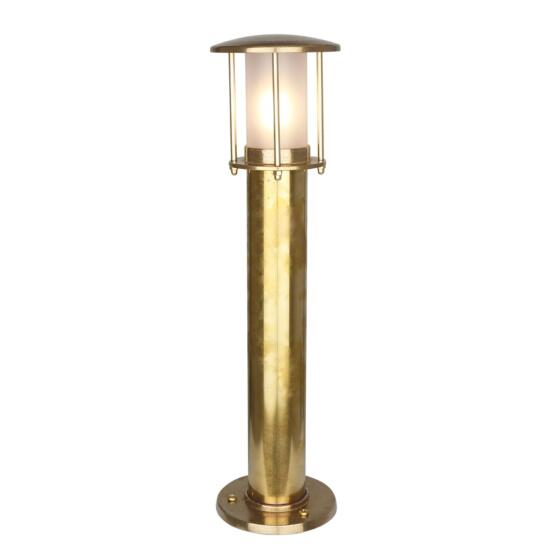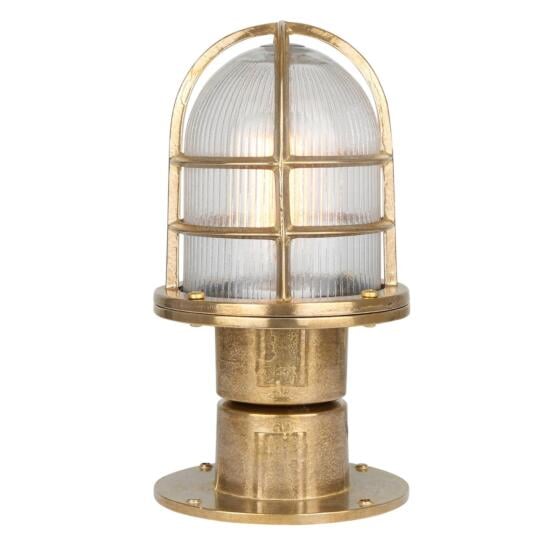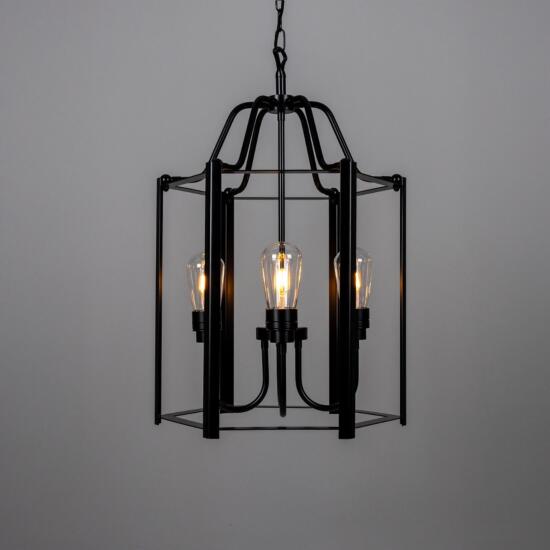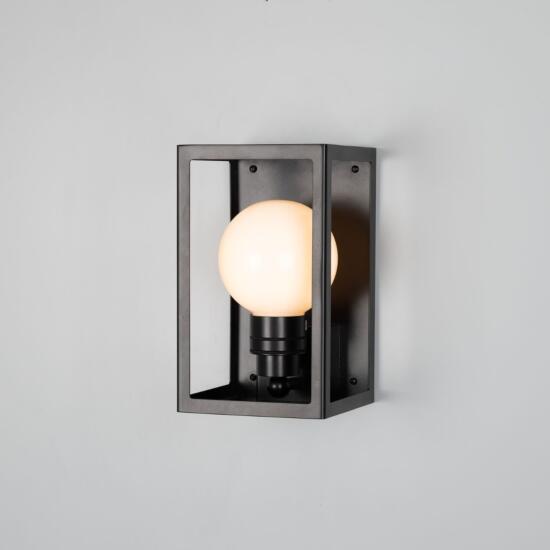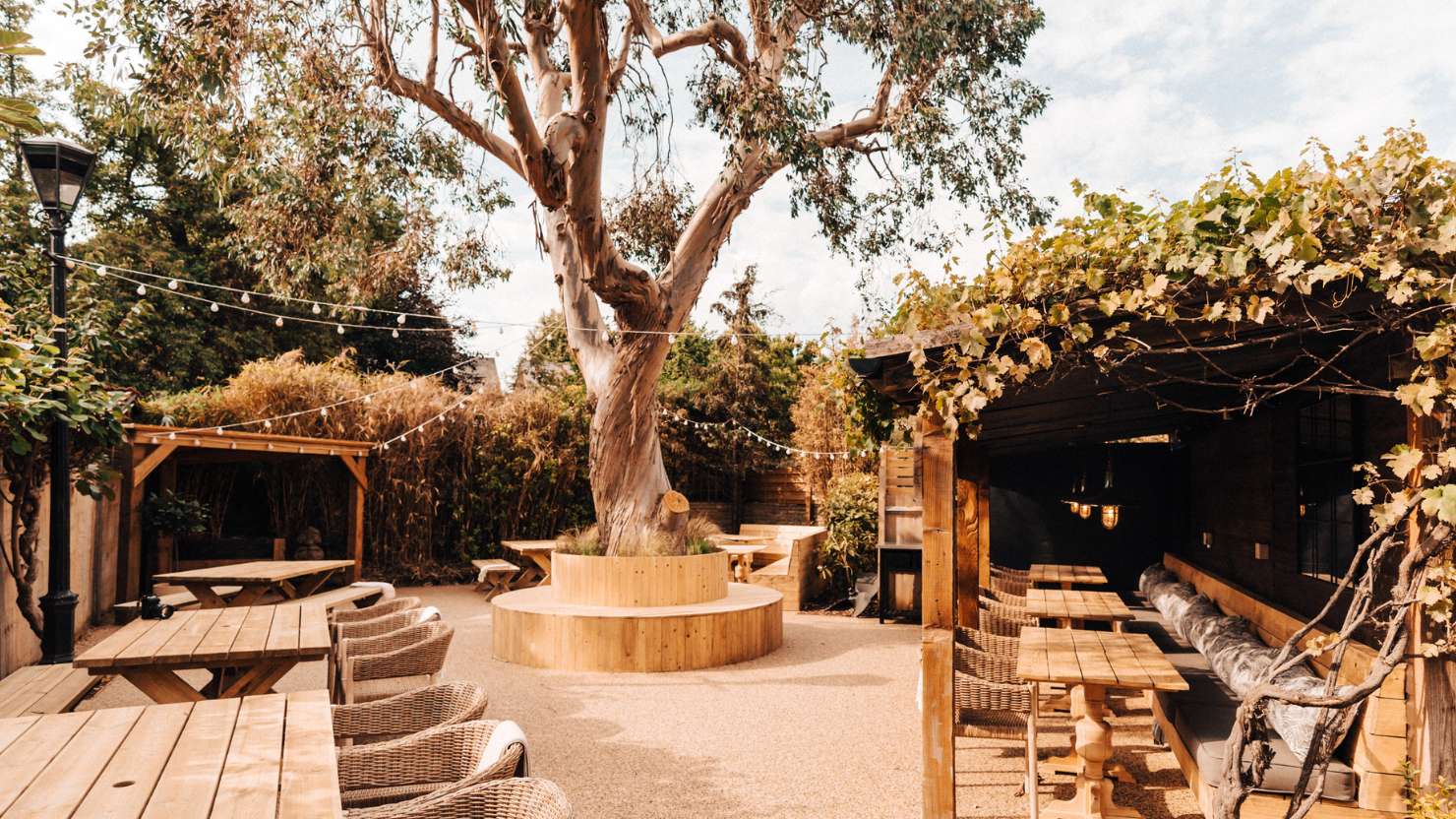
Illuminating Your Garden: A Guide to Outdoor Lighting
Good outdoor lighting does more than brighten your garden — it brings it to life after dark. With the right setup, your yard becomes a welcoming space to relax and enjoy long after the sun goes down. In this guide, we’ll walk you through how to choose and arrange outdoor lighting to create a warm, inviting atmosphere that also works on a practical level. Whether you’re lighting a garden path, adding a glow to a cozy seating area, or highlighting your favorite landscape features, these ideas will help you shape a space that feels just right after dusk.
Outdoor lighting isn’t just about visibility — it’s also about creating the right mood. By combining different types of lighting, you can turn your yard into a peaceful retreat. In this guide, we’ll show you how to plan your layout, use lights creatively, and layer your lighting in a way that feels natural and balanced — whether you want something practical, relaxing, or a bit of both.
Layered Lighting
Layered lighting is a simple but effective approach that combines three types of light — ambient, task, and accent — to create a well-balanced outdoor space.
Ambient lighting, or general lighting, provides a soft, overall glow. Bulkhead lights, like the Muara, or festoon lights can help set a relaxed tone around patios, walkways, or along garden edges.
Task lighting focuses on specific areas, helping you move around safely or get things done more easily. For example, bollard lights like the Nanami are great for lighting pathways, while wall lights like the Ardle or spotlights like the Thames work well near outdoor kitchens or grills where you need a bit more visibility.
Accent lighting is where you can get creative. It’s perfect for drawing attention to specific features like plants, sculptures, or architectural details. Garden spotlights, such as the Yara, add depth and a bit of drama to your landscape.
Using a mix of these lighting types helps make your yard not only safer and more functional, but also more inviting. Think about how you use each area, and choose lighting that works with that purpose.


Strategic Planning
Before installing any lights, take a walk around your yard after dark. Where does your eye naturally go? Are there areas that feel too dim or uninviting? Could a bit of light make certain spots safer or more welcoming? Taking a moment to plan things out can help you create a setup that feels intentional and works for how you actually use your space.
Creating a Welcoming Feel
Patios: To turn your patio into a comfortable spot for relaxing or entertaining, go with soft ambient lighting — ideally something dimmable, so you can shift the mood as needed. Warm bulbs in fixtures like the Darya cast a cozy, directional glow. For a more modern feel, try adding LED strips beneath furniture or along garden edges to gently define the space.
Fences: Lighting along your fence line adds depth and helps make your yard feel more secure. Solar-powered lights provide a soft, even glow. For a brighter, more weatherproof option, a spotlight like the Yara can highlight textures and cast eye-catching shadows.
Balconies and Decks: You can’t go wrong with festoon string lights. They’re easy to hang and instantly make any outdoor space feel more inviting and relaxed.
Highlighting Natural and Architectural Beauty
Homes: Uplighting is great for drawing attention to architectural features, while subtle downlighting can mimic the effect of moonlight. For a welcoming entryway, try a pair of wall lights like the Sanford or Brent on either side of your front door.
Trees and Plants: Trees naturally stand out, and the right lighting can really emphasize their character. Try placing a spotlight at the base to highlight their shape, or tuck a small light up in the canopy for a soft glow. Wrapping branches in festoon lights can also add a fun, decorative element.
Try Something Different
Getting creative with your lighting isn’t just about where you place it — how you use it can have a big impact too. Try solar-powered lights for an eco-friendly way to light pathways, or motion-sensor lights to add an extra layer of security.
Motion Sensors
Great for entryways, walkways, and dark corners of the yard, motion sensor lights only turn on when movement is detected — saving energy while boosting safety.
Light Sensors
These automatically switch your lights on at dusk and off at dawn — convenient and energy efficient.
Proximity Sensors
Similar to motion sensors, these turn on when someone gets close — ideal for doorways or garden paths.
Timer Controls
Timers let you automate your lighting schedule, whether you're traveling or just prefer a set-it-and-forget-it setup.
Choosing Between Solar and Hardwired Lighting
| Feature | Solar-Powered | Hardwired |
|---|---|---|
| Installation | Simple DIY setup, no wiring needed | More involved, typically requires an electrician |
| Reliability | Depends on sunlight and weather | Reliable year-round performance |
| Flexibility | Easy to reposition as needed | Permanently installed |
| Eco-Friendliness | Powered by renewable solar energy | Uses electricity (can be efficient with LED bulbs) |
| Brightness | Usually softer, less intense | Brighter, suitable for high-use areas |
| Best For | Accent and ambient lighting | Task lighting and all-weather use |
You don’t have to pick just one — most yards benefit from a mix of both solar and hardwired lights.
The Importance of IP Ratings
Understanding IP Ratings for Outdoor Use
In the U.S., outdoor fixtures are often described as suitable for dry, damp, or wet locations. At Mullan Lighting, our products follow international standards and are rated using the IP (Ingress Protection) system, which measures protection against dust and water.
Check out our IP rating guide to learn how it works and how to match the right rating to your space.
Here’s how IP ratings roughly compare to UL location categories:
- IP44 – Suitable for damp or semi-exposed areas like covered porches or under eaves (comparable to “damp location” rated).
- IP65 – Ideal for fully exposed areas like walkways, fences, or uncovered patios (similar to “wet location” rated).
- IP68 – Designed for full submersion, such as use in water features or ponds.
If you're unsure what rating is right for your environment, check the local building code or ask your electrician — or get in touch with us, we're happy to help.


Installation and Maintenance
Whether you install your lighting yourself or hire a professional depends on how complex the setup is. For simple projects, DIY is often fine — but for anything involving hardwiring, it's best to call in a licensed electrician for safety and peace of mind.
Quick Maintenance Tips:
- Wipe down lenses and fixtures regularly to remove dust, dirt, and moisture buildup.
- Inspect seals and gaskets for wear, especially after heavy weather.
- Replace any damaged bulbs or solar panels promptly to keep things running smoothly.
- Trim back plants or branches that might block light or interfere with sensors.
A little regular upkeep goes a long way. It helps your lights last longer and keeps your yard looking great, season after season.
With the right lighting, your outdoor space becomes more than just a yard — it’s a place to unwind, entertain, or enjoy some quiet time under the stars. Take the time to plan, layer your lighting thoughtfully, and choose fixtures that suit your space. Whether you’re handling the install or bringing in a pro, a great setup is totally doable.
TL;DR FAQ
What’s the best way to light a yard at night?
Use a mix of ambient, task, and accent lighting. Try bollard lights for paths, wall lights for patios, and spotlights to highlight trees or features.
What is layered outdoor lighting?
It’s a balanced setup using ambient (overall), task (functional), and accent (decorative) lighting to create a safe, inviting outdoor space.
Should I use solar or hardwired outdoor lights?
Solar lights are easy to install and eco-friendly, but they depend on sunlight. Hardwired lights are more consistent and better for areas that need strong, steady lighting. Most yards benefit from a combination of both.
How can I make my yard feel cozy with lighting?
Use warm-toned bulbs, dimmable fixtures, and string lights to create a soft, relaxing glow — perfect for evening get-togethers.
What’s the best way to light trees or plants?
Use uplighting at the base or place small fixtures in the canopy. Spotlights or string lights can highlight texture and shape.
How do I light fences or walls?
Try solar lights spaced along fence lines or use ground-level spotlights for added depth. Wall lights work well for patios or entryways.
Do I need special lights for outdoor use?
Yes — always check the IP rating. Higher numbers mean better protection from rain, dust, or submersion depending on the application.
What do motion and light sensors do?
Motion sensors activate when someone walks by. Light sensors turn lights on at dusk and off at dawn. Both can save energy and boost security.
Can I install outdoor lighting myself?
Yes — for solar or plug-in lights. For hardwired installations or anything complex, it’s best to hire a licensed electrician.
Hero Image Credit: Designer - Elise Bowd - Beau Riley; Photographer - The Lord Nelson

